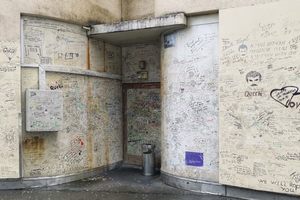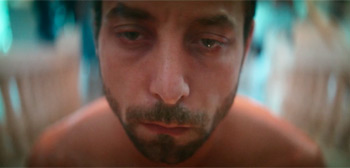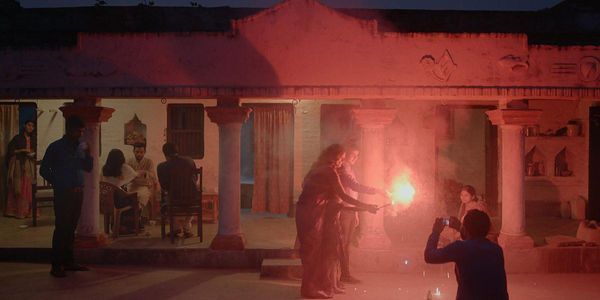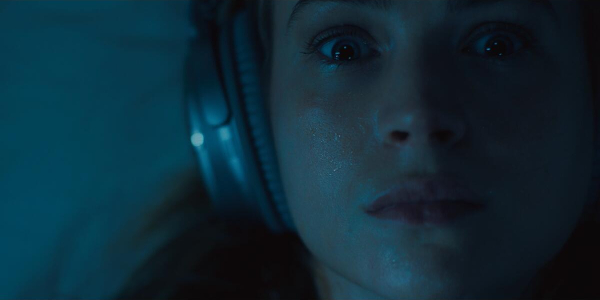Mountain Studios in Montreux, Switzerland

Starting in June 1967, Montreux Casino began to host the Montreux Jazz Festival. The annual event and featured legends such as Miles Davis, Nina Simone, Aretha Franklin, and Ella Fitzgerald. On December 4, 1971, the original Casino building burned down—during a Frank Zappa concert, after a fan set the venue on fire with a flare gun. Observing the smoke spreading over Lake Geneva, members of Deep Purple were inspired to write the hit song “Smoke on the Water.”
When the Montreux Casino was rebuilt in 1975, music producer Alex Grob installed a state-of-the-art recording studio. Its control room was designed and built by legendary American studio designer Tom Hidley, and featured a British-built Neve 8048 mixing console, still regarded as one of the finest. Mountain Studios, as it was known, was also one of the first studios in the world to have two 24-track recorders that could be synchronized for 48-track recording. There was a small studio and a large studio, that also served as the actual casino concert hall. Mountain Studios recorded all live performances of Montreux Jazz Festival, and many other international stars recorded there: David Bowie, The Rolling Stones, Iggy Pop, Phil Collins, Sting, Led Zeppelin, and Michael Jackson, to name a few.
On July 15, 1979, Queen bought Mountain Studios, and David Richards, a young British sound engineer who later became Queen’s associate producer, took over the controls. The legendary British group recorded seven albums there, including Made in Heaven, after Freddie Mercury’s death in 1991. Queen then sold the studio to Richards in 1993. In 2001, French group Barrière bought and refurbished Montreux Casino, and later Mountain Studios moved its activities to nearby Attalens.
On December 2, 2013, only a few weeks before his death at the age of 57, Richards inaugurated a replica of his famous studio at the Montreux Casino, in the presence of Queen drummer Roger Taylor and guitarist Brian May. Curated by Queen’s official archivist Greg Brooks, a permanent exhibition was also installed: Queen: The Studio Experience, which displays the band’s memorabilia, costumes, instruments, handwritten song lyrics, and more. Visitors have the opportunity to sit in the very studio chair that Freddie Mercury used during recording sessions, and take control of Richards’s mixing console to re-mix some classic tracks.





